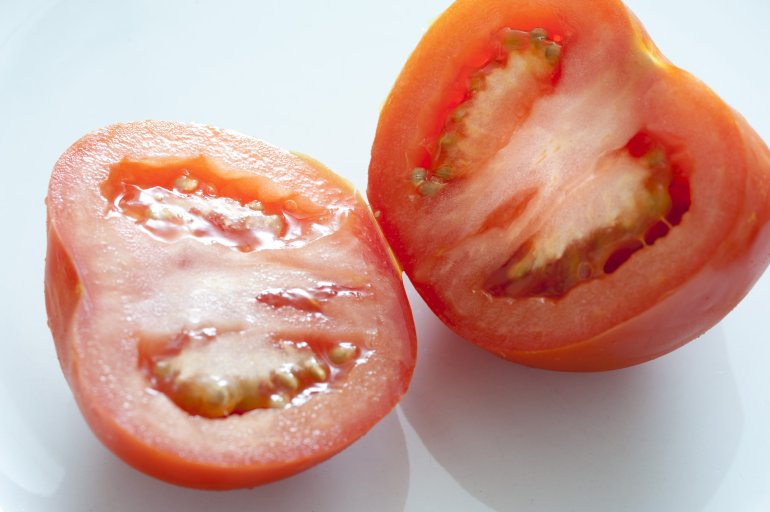The other morning, whilst listening to a food-related discussion on the radio, I found myself shouting at the presenter (this is not a rare occurrence, I’m afraid) who was unhelpfully perpetuating various myths and inaccuracies about freezing food, especially fruit and veg.
By proclaiming for example: “freezing broccoli makes it go soggy” as if it were a fact, they were doing nothing to encourage people to change their behaviour and risk undoing, in one uninformed statement based on personal experience, quite a lot of hard work!
So, I thought I’d take the opportunity to offer some guidance on freezing food and bust some of those myths that were doing the rounds on the radio that morning, unchecked.
First up, you can freeze almost everything.
There are very few things you cannot or would not want to freeze, like er, crackers, which would be crackers. Or bananas.
Except you CAN freeze bananas! Peel and freeze in an airtight container. Blast into a delicious guilt-free dessert in the blender or use in smoothies.
You can freeze cheese. Grate it first and freeze in an airtight container. Use from frozen to top pizza or sprinkle onto Shepherd’s pie.
You can freeze cream. Double works better than single, because of the higher fat content. Whip it slightly first to thicken.
You can freeze milk. In small containers, because they defrost quicker or decant into ice cube trays and plop the cubes straight into your hot drink.
You can freeze eggs. Not whole, obviously. Separate the whites and freeze in an airtight container until you have enough to make meringue. Blend yolks lightly before freezing. Defrost in the fridge.
Top tip: keep track of how many are in your container with a tally mark.
See?
Freezing is also one of the best ways to buy yourself some more time. It’s like pressing the pause button for food. Not used in time is the biggest reason why food ends up in the bin and it’s the reason for most fruit and veg. going to waste. So, if you’re not going to use it in time, freeze it.
Here are three fool-proof freezing tips for fresh produce:
Broccoli – separate into florets and plunge into boiling water for a couple of minutes (this is called blanching). Drain to remove excess water and store in an airtight container in the freezer. This method is good for other veggies such as fine/French beans, cauliflower and parsnips.
Tomatoes – “you can’t freeze tomatoes” announced the radio presenter. She was corrected by a listener. Cherry tomatoes freeze beautifully, but you wouldn’t expect to eat them ‘as fresh’ afterwards. The best method is to freeze them individually – by spreading them out on a tray, for example. When frozen, transfer to an airtight container. This helps to keep them separate – as opposed to a tomato-berg – perfect for plopping into soups and sauces from frozen. Alternatively, or for bigger fruits, turn into tomato sauce and freeze that – so it’s ready for pizza, pasta, soup, stew … Defrost in the fridge or in the microwave.

Berry fruits e.g. raspberries, strawberries, blackberries, blueberries – again, you wouldn’t want to eat these ‘as fresh’ afterwards, but frozen berries are perfect for making smoothies, sauces, fruit coulis and decorating desserts and drinks. Use the same method as for cherry tomatoes (freeze separately then transfer to a container). Combine different frozen fruits to make your own personalised smoothie mixes. If you’re freezing bananas for smoothies, chop them into chunks.
! – Don’t add frozen fruit to drinks destined for children, because of the risk of choking.
